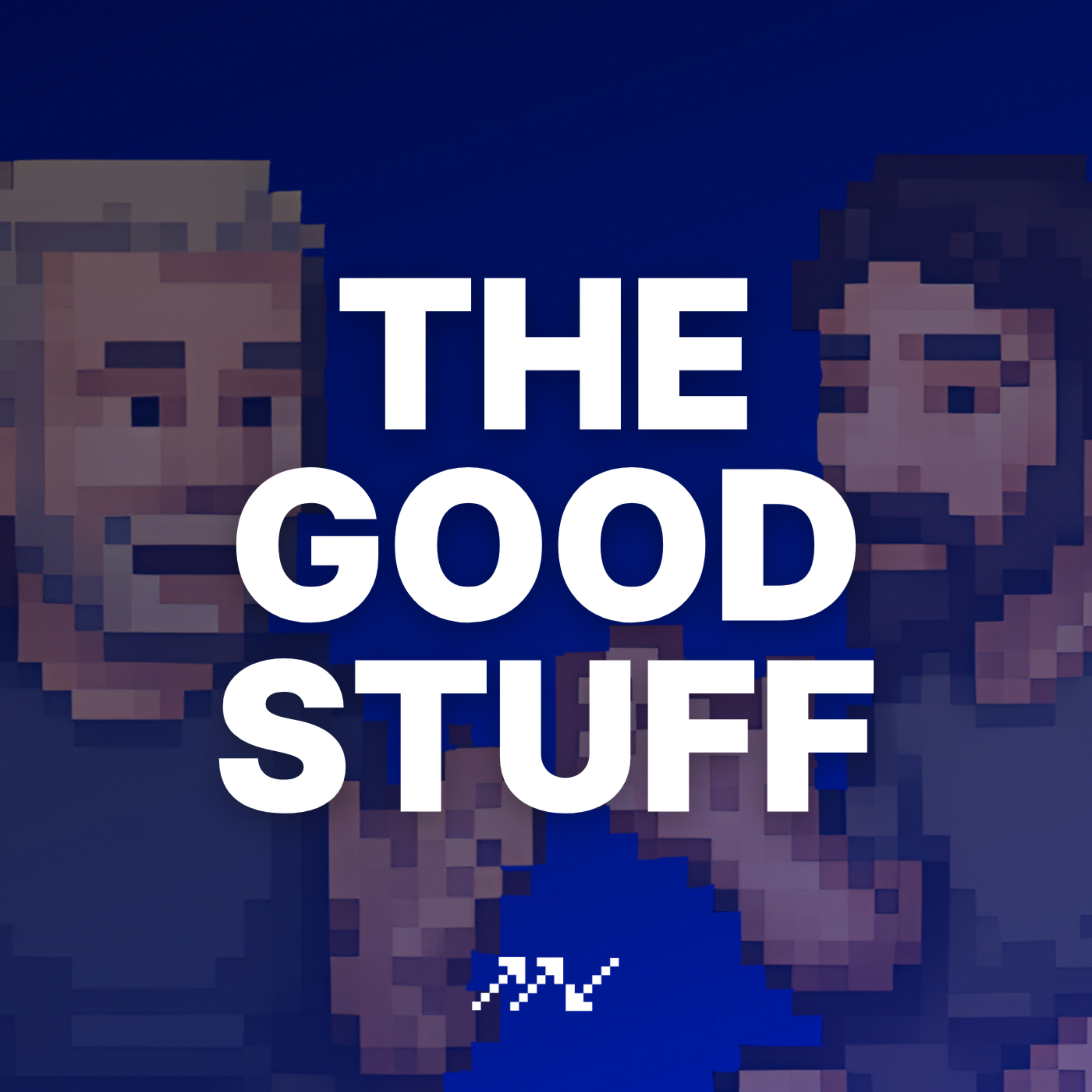

The Good Stuff, with Pete and Andy - Episode 4: The Intelligent Assembly Line
Hosts: Andy and Pete (recorded in a van at City Beach, Perth, with Tai Chi practitioners visible in the background)
Episode Overview: Pete and Andy explore how AI will transform business processes through "The Intelligent Assembly Line" - breaking down complex knowledge work into smaller components that can be automated, similar to how Henry Ford revolutionized manufacturing with the assembly line.
Key Discussion Points:
Opening Chat: Teaching Kids in the AI Era (01:16-07:53)
- Pete describes creating an AI-powered "Teddy Fashion Boutique" business with his 8-year-old daughter
- Discussion about teaching children entrepreneurship and making money online at a young age
- The value of showing kids they can make money on the internet and developing agency
- Using AI to overcome learning barriers in various skills like coding and music
The Intelligent Assembly Line Concept (12:20-14:44)
- Comparing modern AI implementation to Henry Ford's assembly line revolution (1913)
- Ford transformed car manufacturing by breaking down complex artisan tasks into simple components
- Assembly line reduced car production time from 12.5 hours to 93 minutes
- By 1914, Ford produced more vehicles than all other manufacturers combined
Historical Impact of the Assembly Line (14:44-18:50)
- Assembly line led to the 5-day work week and 8-hour day work structure
- Ford doubled wages to $5/day while reducing work hours
- Discussion of how these industrial work patterns still influence knowledge work today
- Questioning why these paradigms persist in modern work environments
The New Paradigm: Units of Intelligence (22:00-24:46)
- Current paradigm: humans are the "form factor" for intelligence in business at ~$100k per unit
- New paradigm: intelligence can be purchased in smaller units at drastically lower costs (cents)
- Human intelligence is constrained (hours, energy, variability) while AI is not
- Breaking jobs into smaller components allows for more efficient automation
Bionic Human vs. Human at the Edge (25:57-30:41)
- Two models of AI implementation: "bionic human" and "human at the edge"
- Bionic human: humans use AI tools to enhance their capabilities (current mainstream approach)
- Human at the edge: AI does core work 24/7, humans only interface at boundaries
- The shift from human-centered to machine-centered processes is key to maximizing efficiency
Why People Think AI Won't Replace Their Jobs (30:41-38:52)
- People often test AI with their entire job and find it lacking, giving false security
- Framework of AI implementation:
- Current resistance to AI often based on LLM-only experience
Memory and Context in AI Systems (38:52-48:00)
- Key to effective AI is solving the "memory problem"
- Combining semantic knowledge with contextual memory and examples
- The power of providing examples into AI systems dramatically improves output
- Using knowledge graphs and databases to enhance AI capabilities
Process Mapping and Enumeration (48:50-55:06)
- Many business processes are poorly documented or understood
- Breaking down processes reveals they're often far more complex than perceived
- AI implementation requires better enumeration of tasks
- Enterprise memory is lost when people leave organizations
Capital Allocation and Market Disruption (01:15:06-01:19:04)
- Capital allocators can bypass traditional product-market fit models
- Traditional service businesses with established markets are prime for disruption
Future of Work and Human Value (01:22:35-01:27:54)
- Shift in working identity as humans move from center to edge of processes
- Potential for humans to pursue higher-value creative work
- Rethinking the 9-to-5 work structure in an AI-powered world
Conspiracy Corner (01:28:44-01:34:39)
- Discussion about human intuition and creativity